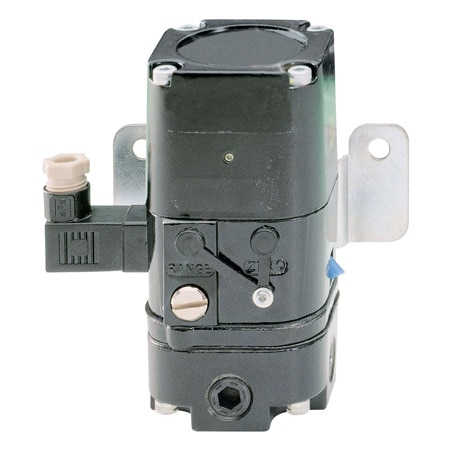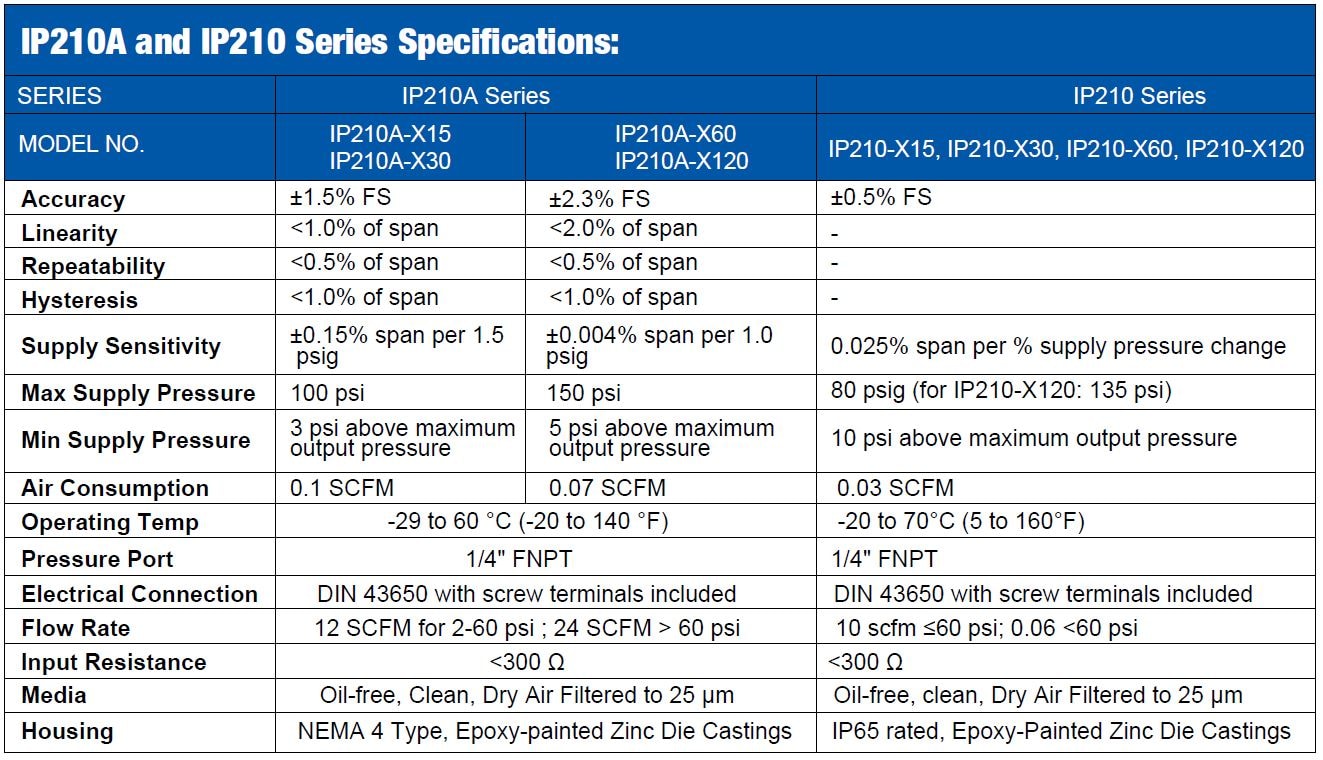Call us at 1-888-826-6342

| Quantity | Price each |
|---|---|
| 1-24 | $789.57 |
| 25-49 | $750.09 |
| 50-99 | $734.30 |
| 100-199 | $702.72 |
| 200+ | $686.93 |
Edit these specs to order a different model. Not all combinations are valid. Options compatible with previous selections will be in bold.
*Highlighted options are not compatible. Please select a different combination.
